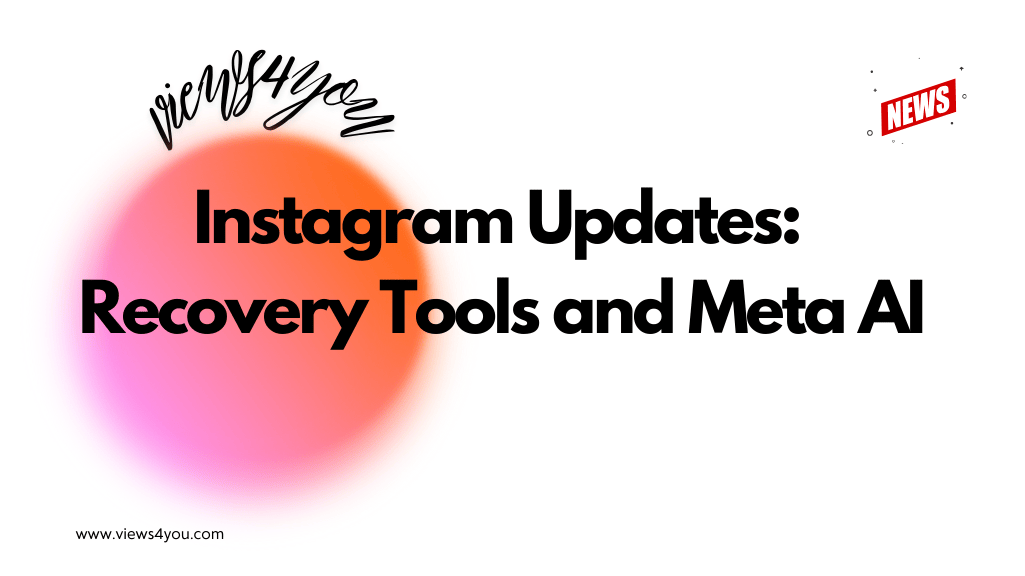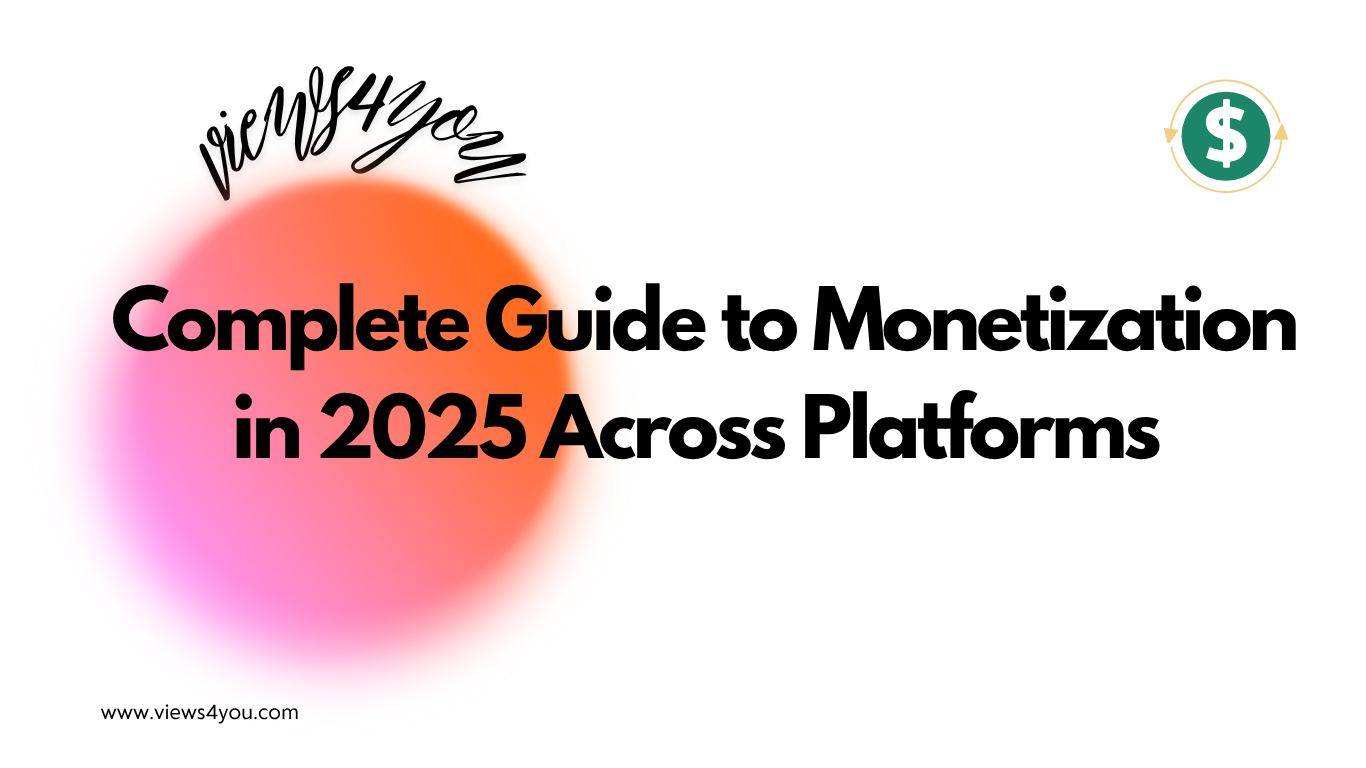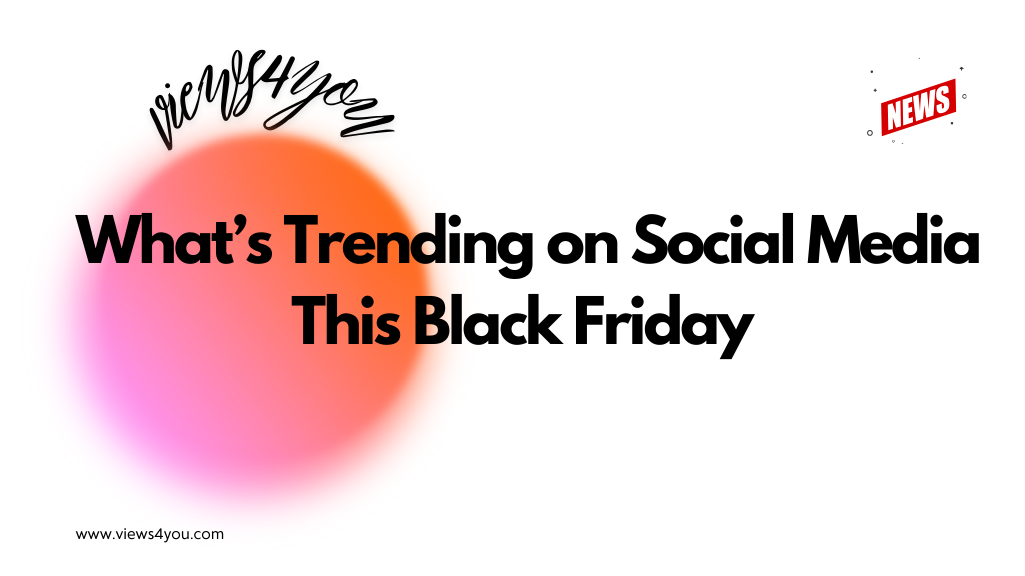Brands are using memes to build authentic engagement with Gen Z by aligning humor with brand voice, reacting quickly to trends, and adapting popular formats. A focused platform strategy, cultural awareness, and consistent testing help memes feel natural and relatable, turning them into a powerful tool for loyalty and organic reach.
Brands are increasingly using memes to connect with Gen Z. This generation values humor, cultural relevance, and authenticity, making memes an ideal communication tool. Many marketers still question whether something as lighthearted as a meme can create real impact. This article explores how memes work, the strategies brands are applying, and the results they see.
Why Memes Resonate with Gen Z
Memes match how Gen Z communicates online. This generation grew up with social platforms as their main source of news and entertainment. Humor, irony, and shared cultural references define their digital language.
Short, relatable, and easy to share, memes fit Gen Z’s fast-paced content habits. They stand out because they deliver connection and humor in seconds, without the heavy feel of traditional advertising.
Memes also work because they create a sense of belonging. Sharing or remixing a meme signals that someone “gets it,” which strengthens community bonds. Brands that understand this cultural code can participate in conversations without feeling intrusive.
Keeping Memes Aligned with Your Brand Voice
Memes work best when they fit the brand’s tone. Playful brands like Wendy’s lean into sarcasm and roast humor. Aspirational brands such as luxury fashion houses opt for clever, subtle meme formats.
Authenticity is crucial. Chasing every trend can make a brand look out of touch. Partnering with influencer campaigns that understand meme culture helps brands stay relevant and authentic.
Catching Trends at the Right Moment

Memes move fast. A trend might last days or weeks before it’s replaced. Brands that respond quickly show they are part of the culture, not just observers.
Some marketing teams create rapid-response workflows. These allow them to release memes within hours of a trend starting, making their content feel timely and in tune with online conversations.
Following TikTok trends is essential for spotting new meme formats before they spread to other platforms. Instagram Reels and X (Twitter) also play a role, as many formats cross over between platforms in a matter of days.
Picking Meme Formats That Resonate
Brands use both adapted and original memes. Adapted memes use trending templates for instant recognition. Original memes, custom visuals, or captions stand out when executed well.
Original memes can also reflect the unique style of personal brands while staying culturally relevant.
Examples of Brands Using Memes
Fashion and Lifestyle
Gucci and Balenciaga have used memes to make luxury feel more relatable. Collaborations with meme creators have generated authentic buzz that fits their image.
Food and Beverage
Wendy’s and Taco Bell use memes to highlight promotions and join trending conversations. Smaller coffee shops and niche food brands also succeed by using local humor to connect with their communities.
Entertainment and Streaming
Netflix frequently turns scenes from shows into memes, encouraging fan interaction. Disney+ uses memes to spotlight new releases, while Spotify integrates meme-style campaigns into cultural moments like “Spotify Wrapped.”
Risks in Meme Marketing
Memes can fail if they feel forced or off-tone. Gen Z spots inauthenticity quickly. This is why some brands work with meme creators who know the culture.
Cultural sensitivity matters too. A meme that works in one market might carry unintended meaning in another. Careful review protects the brand from missteps.
Building Loyalty Through Memes
Well-executed memes create a sense of shared identity between brand and audience. They make the brand feel like part of the conversation rather than an outsider.
This connection often translates into organic reach. A funny, relatable meme is more likely to be shared, increasing brand visibility without additional ad spend. Over time, this builds stronger loyalty.
Brands that consistently deliver memes over time often become part of Gen Z’s online culture. This long-term presence turns occasional engagement into a more loyal, active community that interacts with the brand in meaningful ways.
Actionable Steps for Brands
Start with mobile platforms where your Gen Z audience is most active. Monitor memes daily and choose those that align with your voice. A single well-matched meme is more effective than chasing every trend.
Experiment with static memes, videos, or GIFs to see what performs best. Partnering with creators can help maintain cultural accuracy. Track shares, comments, and engagement to refine your approach and stay relevant over time.
FAQs
Why do memes work well for Gen Z marketing?
They align with Gen Z’s humor, cultural references, and fast-paced communication style.
How should a brand start using memes?
Observe trending formats, understand your audience, and post memes that match your brand’s tone.
Are memes suitable for every brand?
They work best for brands that can use a casual voice. More formal brands may need a careful approach.
How often should a brand post memes?
Consistency matters more than volume. Relevance and quality should guide frequency.
Do memes replace traditional marketing?
No. They complement other strategies by boosting engagement and awareness.
What is the biggest risk in meme marketing?
Using memes that feel forced or misaligned can make a brand look out of touch.






